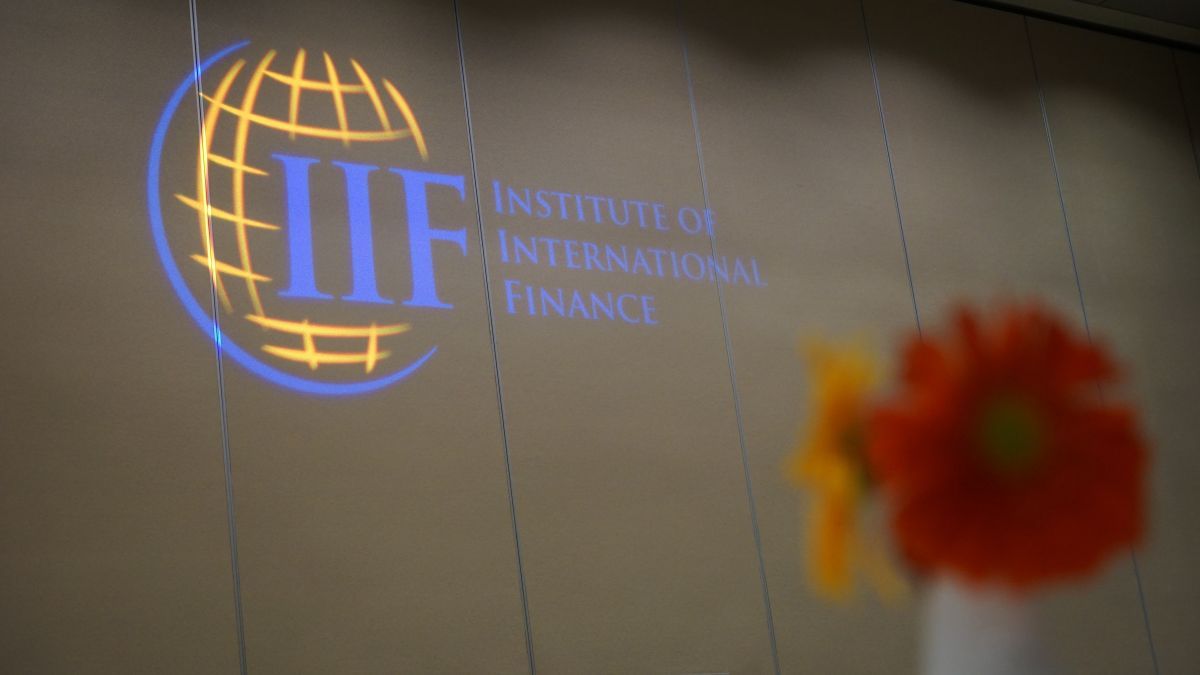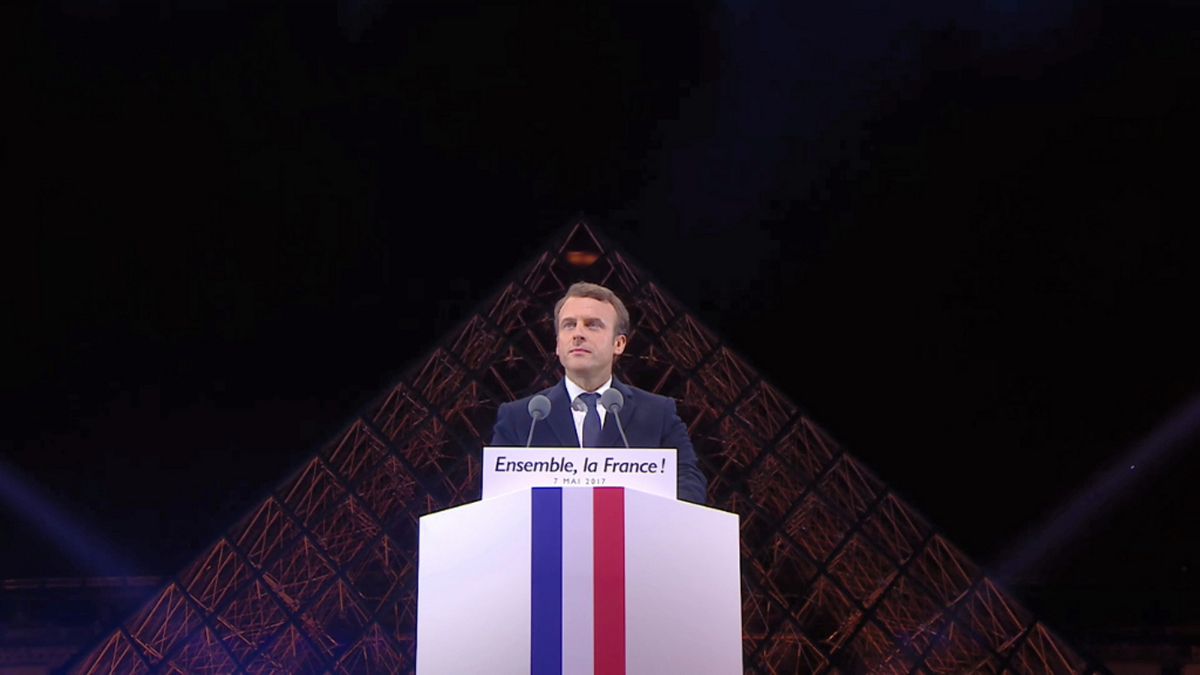Beyond liberal and market-oriented fanaticisms, The future of the Argentine libertarian experiment continues abroad, weighing the tenor of the shock adjustments implemented and the maintenance of the support of a large part of the population in the midst of a strong political confrontation. However, In addition to the macro performance of recent months, several raise concerns about the risks that still persist. This is the case of the influential Institute of International Finance (IIF), whose research team for the region presented its latest view on Argentina analyzing the short-term prospects of the “Argentina’s attempt to reform its economy after years of misguided policies.”
The report titled “Argentina’s Regime Change”accessed by this newspaper, by economists Martin Castellano, María Figueroa and Valentina Bonifacio, points out that despite the painful corrective measures, people’s support for the Government has remained strong, and that fiscal consolidation, a deep recession and exchange rate stability should further reduce inflation in the second half of the year. They believe that a stronger international reserve position is key to the liberalization of the foreign exchange market.
IIF economists highlight three key issues for the coming months and believe that obtaining broader political support would facilitate external financing as part of a new program of the International Monetary Fund (IMF); and they warn that The risks are mainly linked to the disinflation process, the monetary policy framework and the execution of the reforms. Let’s look at some central aspects of the study.
They explain that the initial adjustment, which includes budget austerity and stopping the monetization of the budget deficit, helped contain inflation, stabilize the peso and replenish reserves. However, “inflation remains in the triple digits, activity will decrease for the second consecutive year in 2024, external liquidity is low and the stability of the exchange market depends largely on capital controls. These fragile economic conditions could erode public support, intensifying political and social tension, complicating policy implementation.they warn from the IIF.
Disinflation and political support, keys
Therefore they consider that rapid disinflation in the coming months is essential to improve purchasing power and avoid appreciation of the real exchange rate, supporting the accumulation of reserves. “In addition, the Political support is key to the sustainability of the programachieve a legislative consensus to approve reforms that improve productivity and a fiscal package could trigger external financing as part of a new IMF program.
Of course, this would help eliminate persistent exchange controls and allow for a rebound in growth in 2025, but given the uncertainty about the future monetary regime is also high, they believe that greater exchange rate flexibility would require additional external liquidity and could hinder disinflation. “Implementation of reforms and greater clarity on the policy framework would facilitate fiscal adjustment and increase investor confidence, boosting growth”they claim.
“The main question is whether the Government can achieve rapid disinflation through a combination of recession, fiscal austerity and nominal exchange rate stability”, they maintain. For the IIF, the Government’s inflation projections have a high level of uncertainty and they fear that unfavorable data will affect inflation expectations, challenging the disinflation effort.
Dollar, reserves and what the IMF would like
As for the political strategy, they say, it is more cautious when it comes to eliminating exchange controls that have allowed the Central Bank (BCRA) to accumulate around US$12 billion in reserves and cut interest rates in line with lower inflation expectations, strengthening its balance sheet. “Nevertheless, the appreciation of the real exchange rate would complicate a greater accumulation of foreign reserves, and we estimate that full liberalization of the foreign exchange market, which should pave the way for a recovery in growth, would require an additional $10 billion in reserves.
“In our opinion, IMF would like to see more progress before committing additional moneyincluding greater clarity on the monetary policy framework and broader political support,” they point out and do not rule out resuming the debate on full dollarization.
“There is a long way to go until the 2025 midterm elections, when the Government could expand its legislative base. A key aspect to follow is the approval of the structural reform package in Congress”, which they consider essential to increase investor confidence.
Source: Ambito
I am a 24-year-old writer and journalist who has been working in the news industry for the past two years. I write primarily about market news, so if you’re looking for insights into what’s going on in the stock market or economic indicators, you’ve come to the right place. I also dabble in writing articles on lifestyle trends and pop culture news.




